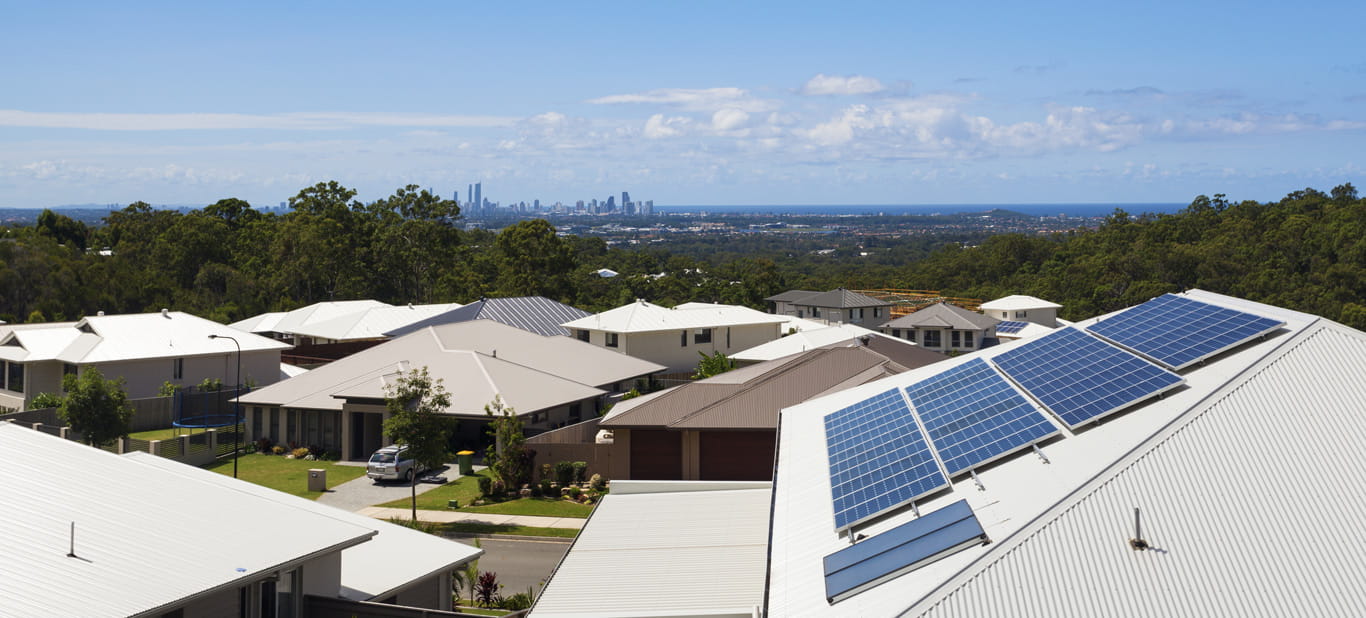A few years ago I had a light-hearted chat with a Canadian traveller in Laos who said: "you Aussies love to shorten words". Now, every time I tune into social media or receive a text I am reminded of this conversation - shortening words and expressing yourself with emoji's or new acronyms has become part of our lives.
I've even started to see two words blended into one, as greater depth and meaning was required out of a single word. There are many examples out there of blended words, but the one that particularly interests me is ‘prosumer’.
PROSUMER = PRODUCER + CONSUMER
This is an example of a very clever way of how we create new words on the basis of behavioural changes in people governed by the advances and availability of technology.
So what's the difference between consumers and prosumers when it comes to energy?
The energy consumer
In the traditional energy landscape, where power is generated centrally at a power station, an energy consumer is an entity at the end of the supply chain. The following graphic shows the flow of energy from centralised generation sources, through the transmission and distribution networks typically known as the poles and wires.
This energy is purchased wholesale by retailers, who then sell it to the end user for a profit. The flow of energy is one way, as the direction of energy flow is from the centralised generation units toward the consumers. In this scenario consumers are passive. Let's call this the traditional scenario.
Figure 1. The traditional scenario
The energy prosumer
Over time, users are no longer passive and are increasingly responding to higher energy prices.
They are starting to want to have a say on the services they receive and the cost of those services. Moreover, technology advances in rooftop solar as well as smart metering technology have allowed consumers to become producers of electricity too – these advances have brought about the energy "prosumer".
An energy prosumer is a person who can be considered at the start and end of the supply chain. They are energy producers and consumers themselves, resulting in a two way or bi-directional flow of energy as shown in the below graphic.
Figure 2. Two-way or bi-directional flow of energy
The onsite energy produced is first consumed by devices within the household, business or enterprise where the solar panels are installed.
At times, there may be an excess energy produced than what is required to power the devices. This excess energy is fed and bought back by the retailer. The above graphic shows this scenario as backward energy flow (from the house to the retailer).
In the case of a cloudy day, where there is a deficit in energy production from the rooftop solar panels to meet the energy requirements of the property, energy would be purchased from the retailer supplying the property. This then reverts to the traditional scenario of sourcing energy.
As with most changes, bi-directional energy flow will bring with it several challenges that will need addressing to ensure a robust and reliable and safe energy network will continue into the future.
We are living in a world that is changing more rapidly by the day. Technology is playing a big part in driving these changes. Uber, AirBNB, UberEats, AirTasker are all examples of technology changes which have enabled global changes in those industries exponentially. The sky really is the limit!
So I say YOLO! – let's embrace these changes, push innovation, be disruptive and support new and creative ideas. If we embrace these changes, remain agile and continually evolve, the industries will change for the better.
Roxanna recently received funding to explore and develop a sustainable, community-focused and collaborative peer-to-peer energy trading platform. This platform will for the first time connect producers and consumers of energy directly. It will allow users the unique opportunity of trading their excess rooftop solar PV power produced with neighbouring properties in return for greater rewards.




